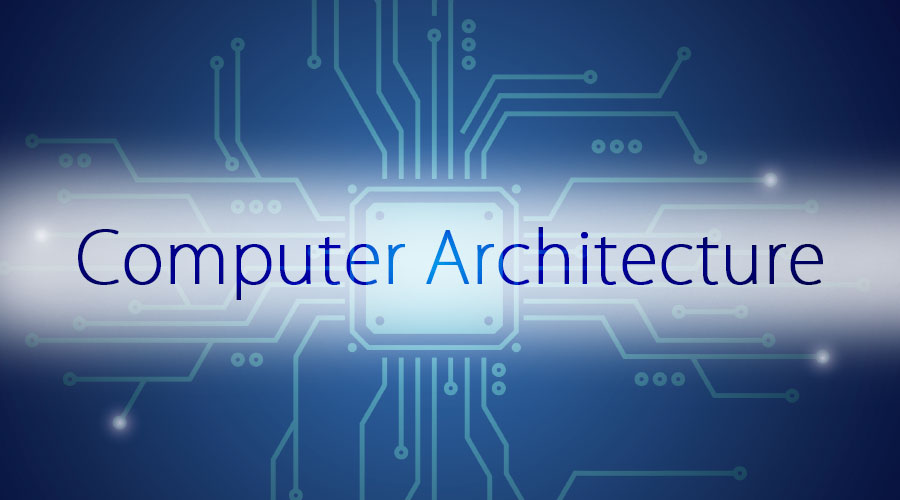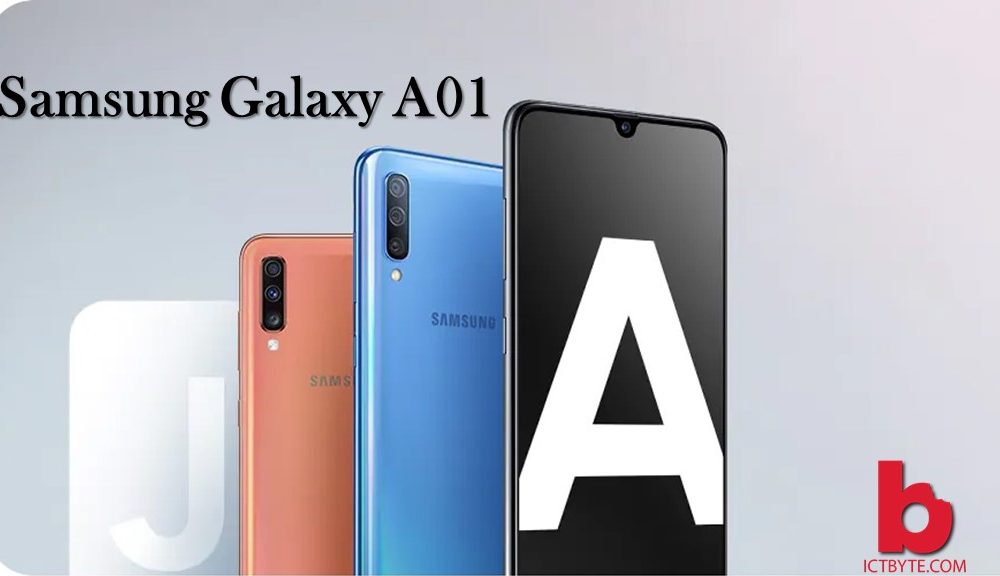
BSc.CSIT 3rd Semester Old Questions
Subject: Computer Architecture
Year : 2066
Long Questions:
Attempt any two questions: (2×10=20)
- Explain the different types of addressing modes and compare each other.
- What are the major differences between I/O bus and interface modules? What are the advantage and disadvantage
of each? - What are the three possible modes to transfer the data to and from peripherals? Explain.
Short Questions:
Attempt any ten questions: (10×6=60)
- Differentiate between parity checker and parity generator.
- What do you mean by shift micro-operations? Explain.
- Explain the computer instruction with example.
- Mention the type of interrupt and explain it.
- What do you mean by field decoding? Explain.
- Write down the following equation in three address, two address and one address instruction.
Y = AB + (C × D) + E( F / G)
- Explain the characteristics of RISC and CISC.
- Explain the booth algorithm with example.
- What is the main function of DMA? Mention the three points DMA configurations.
- What are the different types of I/O commands? Explain.
- Differentiate between associative page table and replacement.
- Write short notes on the following:
a) Memory space
b) Address space
Year : 2067
Long Questions:
Attempt any two questions: (2×10=20)
- Explain the Micro program sequence with example.
- Explain with example of Data manipulation instructions.
- Explain the non-restoring Division algorithm, flow chart hardware implementation with example.
Short Questions:
Attempt any ten questions: (10×6=60)
- What do you mean by instruction format? Explain..
- Differentiate between Hardwired and Micro program control unit.
- What do you mean by logic micro-operations?
- Differentiate between direct and indirect addressing modes.
- Explain with example of Data transfer instructions.
- What are the major differences between RISC and CISC architecture?
- Explain the subtraction algorithm with signed 2’s compliment.
- Differentiate between isolated I/O and Memory Mapped I/O.
- What is DMA transfer? Explain
- What is the role of input-output processor (IOP) in computer system? Explain.
- What is memory management hardware? Explain.
- Write short notes on the following:
a) Sequential memory hierarchy
b) Random memory hierarchy
Year : 2068
Long Questions:
Attempt any two questions: (2×10=20)
- Explain the restoring division algorithm with example.
- What do you mean by I/O interface? Explain the I/O bus and Interface module.
- What do you mean by memory organization? Explain the memory management hardware with example.
Short Questions:
Attempt any ten questions: (10×6=60)
- Explain the error detection code with example.
- Differentiate between logic microoperations and shift microoperations.
- Explain the I/O instruction with example.
- What do you mean by memory mapping? Explain.
- What do you mean by control memory? Explain the microinstructions and microoperation format.
- What do you mean by addressing modes? Differentiate between indexed addressing modes and base register
addressing mode. - Explain the Booth algorithm. Multiply 3 x 5 using booth algorithm.
- Differentiate between isolate and memory mapped I/O.
- Explain the I/O processor with block diagram.
- Explain data transfer instruction with example.
- Differentiate between RISC and CISC processor.
- Write short notes on the following:
a) Interrupt cycle
b) DMA
Year : 2069
Long Questions:
Attempt any two questions: (2×10=20)
- Explain the non-restoring division algorithm with example.
- What do you mean by memory system? Explain the characteristics of Memory systems of computer.
- Explain the Data transfer and manipulation instruction with example.
Short Questions:
Attempt any ten questions: (10×6=60)
- Differentiate between fixed point representation and floating point representation.
- Explain the arithmetic logic shift unit.
- What do you mean by computer register and computer instructions? Explain.
- Differentiate between Hardwired control and Microprogram control unit.
- Explain the types of instruction format and compare each of them.
- What do you mean by DMA controller? What are the three registers used in DMA controller? Explain.
- What is virtual memory? What are the major differences between Address space and Memory space?
- What do you mean by stack organization? What are the major differences between register stack and memory stack?
- Explain the logical and bit manipulation instruction with example.
- What are the characteristics of CISC and RISC processors? Explain.
- What do you mean by interface? What are the major differences between I/O bus and Memory bus?
- Write short notes on the following:
a) Parity Generator
b) Array Multiplexer
Year : 2070
Long Questions:
Attempt any two questions: (2×10=20)
- What is Input-output processor (IOP)? Why IOP is needed in Computer System? Explain.
- Explain the DMA controller with block diagram. How the DMA interact with I/O device? Explain.
- What in the general model of Microprogram Control Unit? Explain the major steps when you designing of
microprogram control unit.
Short Questions:
Attempt any ten questions: (10×6=60)
- What is an error detection code? Explain with example.
- Design the binary adder-subtractor with example.
- Write down the code to evaluate
Y = A (B/C−D) + E for one, two and three instruction format. - Mention the different types of data transfer instructions and explain with example.
- What are the different types of I/O techniques? Explain.
- What are the typical characteristics of RISC instruction set architecture? Explain.
- Show the steps of multiplication process using Booth algorithm of the following binary numbers:
Y = 8 x 10. - What are the difference between I/O bus and interface modules? Explain.
- Differentiate between Input-output processor (IOP) and Direct Memory Access (DMA).
- What are the key characteristics of computer memory system? Explain.
- What is the main role of memory management hardware? Explain.
- Write short notes on the following:
a) Memory Protection
b) Address Mapping
Year : 2071
Long Questions:
Attempt any two questions: (2×10=20)
- Write down the code to evaluate Y = A/B + CD + E (F/G) in three address, two address, one address and zero address
instruction format. - Explain the mapping function. Why replacement algorithm is used in set associative mapping? Explain with example.
- Differentiate between interrupt driven I/O with programmed I/O. Explain with example how data transfer is
performed in direct memory access (DMA).
Short Questions:
Attempt any ten questions: (10×6=60)
- Explain the floating point addition and subtraction with flowchart.
- Comparison between RISC and CISC.
- What are the key characteristics of computer memory system? Explain.
- Explain input/output interface with example.
- Compare the different types of addressing modes with example.
- Explain the microprogram control unit with example.
- Explain the non-restoring division algorithm with example.
- Explain the input-output processor with block diagram.
- Explain the data manipulation instruction with example.
- Explain with example of Arithmetic microoperations.
- Explain memory management hardware with example.
- Write short notes on the following:
a) Virtual memory
b) Register organization.
Year : 2072
Attempt any two questions: (2×10=20)
- Explain address mapping using pages. A virtual memory system has an address space of 8k words, a
memory space of 4K words, and page and block sizes of 1K words. The following page reference changes
occur during a given time interval. (Only page changes are listed. If the same page is referenced again, it is
not listed twice).
4 2 0 1 2 6 1 4 0 1 0 2 3 5 7
Determine the four pages that are resident in main memory after each pager reference change if the
replacement algorithm used is (a) FIFO; (b) LRU. - Why do computers need input-output interface? Explain the sequence of operations carried out during
CPU-IOP communication with the help of suitable flowchart. - What is a microprogram sequencer? With block diagram, explain the working of microprogram sequencer.
Short Questions:
Attempt any ten questions: (10×6=60) - Differentiate between address space and memory space. An address space is specified 24 bits and the
corresponding memory space by 16 bits. If a page consists of 2K words, how many pages and blocks are
there in the system? - What do you mean by interrupt? Draw and explain the flowchart for interrupt cycle.
- Explain with an example, how effective address is calculated in different types of addressing modes.
- What the differences is between isolated and memory mapped I/O? What are the different types of I/O
commands? - Show the memory organization (1024 bytes) of a computer with four 128×8 RAM Chips and 512×8 ROM
Chip. How many address lines are required to access memory? - Show the step-by-step multiplication process using Booth’s algorithm, when +14 is multiplied by -14
Assume 5-bit registers that hold signed numbers. . - Briefly explain fixed-point representation of numbers. What is the signed magnitude, 1’s complement and
2’s complement of -9? - Explain about the basic computer instruction format. When instruction set is said to be complete.
- Explain Overlapped Register Windows with suitable example.
- Explain the process of overflow detection with both signed and unsigned numbers.
- Define selective-set, selective-component, selective-clear, mask, insert and clear operation with an example.
- Write short notes on the following.
(a) Integer representation
(b) Subroutines





